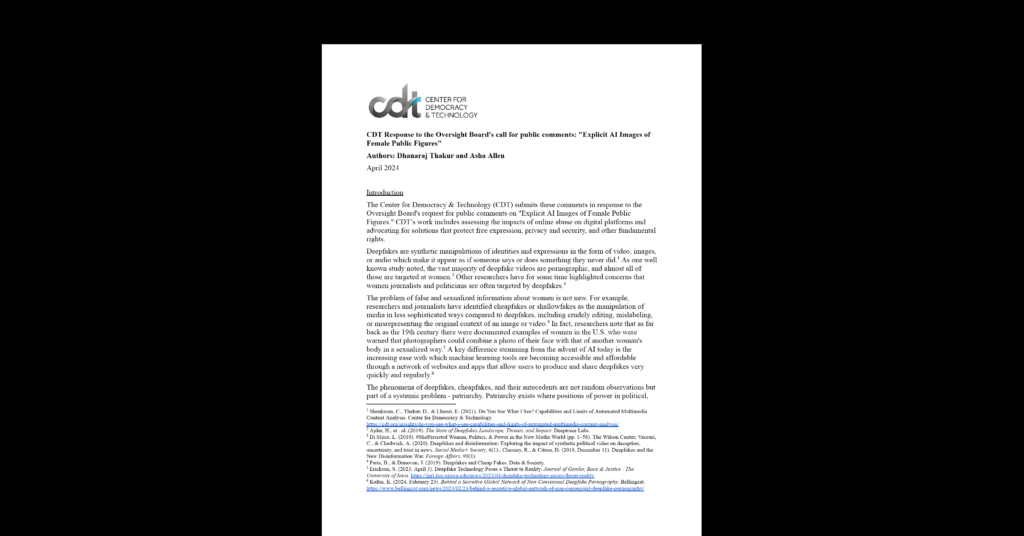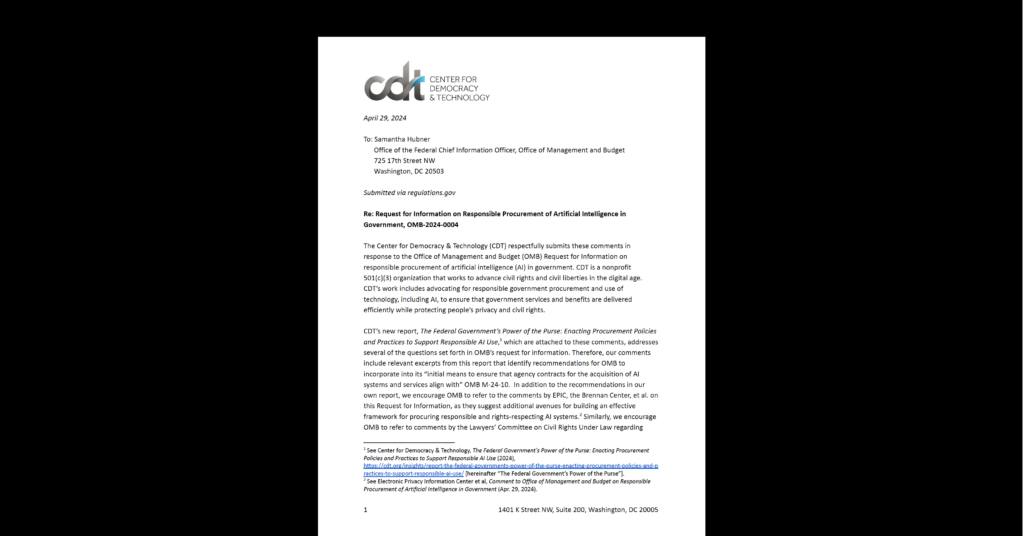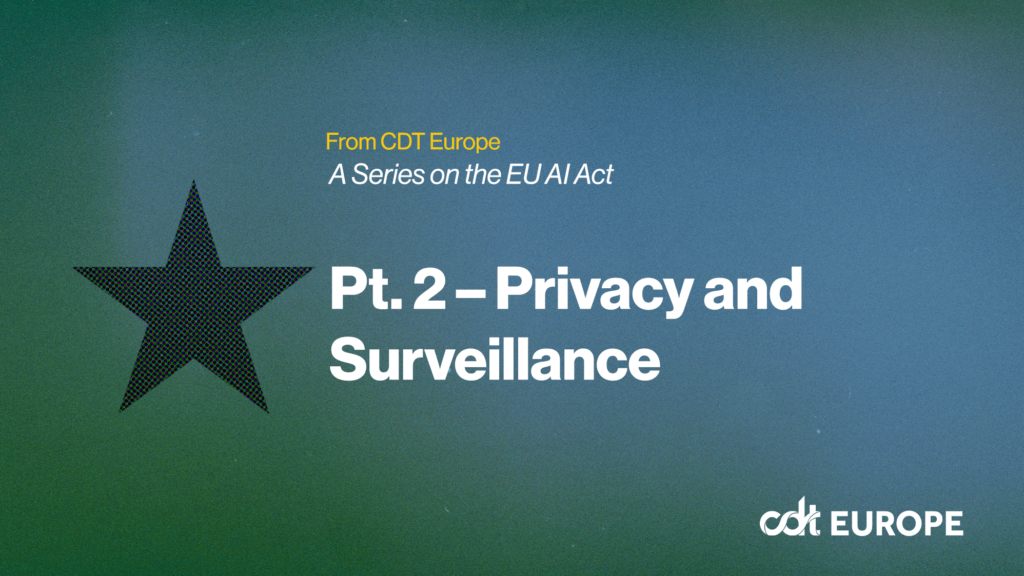European Policy, Free Expression, Open Internet
Copyright Week: Fair Use and Innovation
 In the week leading up to Saturday’s anniversary of the SOPA blackout, EFF is leading “Copyright Week.” Every day this week, participating organizations will be highlighting a different principle to guide the development of balanced, innovation- and free expression–friendly copyright policy.
In the week leading up to Saturday’s anniversary of the SOPA blackout, EFF is leading “Copyright Week.” Every day this week, participating organizations will be highlighting a different principle to guide the development of balanced, innovation- and free expression–friendly copyright policy.
Today is all about fair use. Given its role in remix, mashups, parody, and lots of what’s funny on the Internet, fair use is always a favorite topic. It’s also famously hard to pin down, so it makes for some of the most interesting debates on copyright. But beyond its role in allowing space for free expression, criticism, and the creation of new works that build on others, fair use plays a critical role in driving technological innovation.
Examples aren’t hard to come by. Thirty years ago this week, it was fair use that kept VCRs on the market. Near the turn of the century, it played a role in a court’s assessment of early mp3 players. Fair use has allowed search engines to work without having to license each and every image they index, and most recently, Google Books was found to be protected by fair use.
These cases highlight just how important fair use is to technological innovation. (You can find more cases in the Computer & Communications Industry Association’s report, “Fair Use in the U.S. Economy.”) Without the doctrine’s flexible approach that allows for totally unexpected uses of copyrighted works, many of these products might never have gotten off the ground.
Understanding this flexibility and working to see that it is maintained will be essential as copyright reform discussions get underway. In addition to the process underway in the US Congress (see CDT’s testimony from last November) and the upcoming multistakeholder meetings at the US Department of Commerce (see our comments), the European Union is currently conducting a public consultation on copyright. The questionnaire focuses in large part on the role of “limitations & exceptions” to copyright, of which fair use is a prime example. The importance of flexible exceptions like fair use to technological innovation will be a central theme in the comments we plan to submit.


